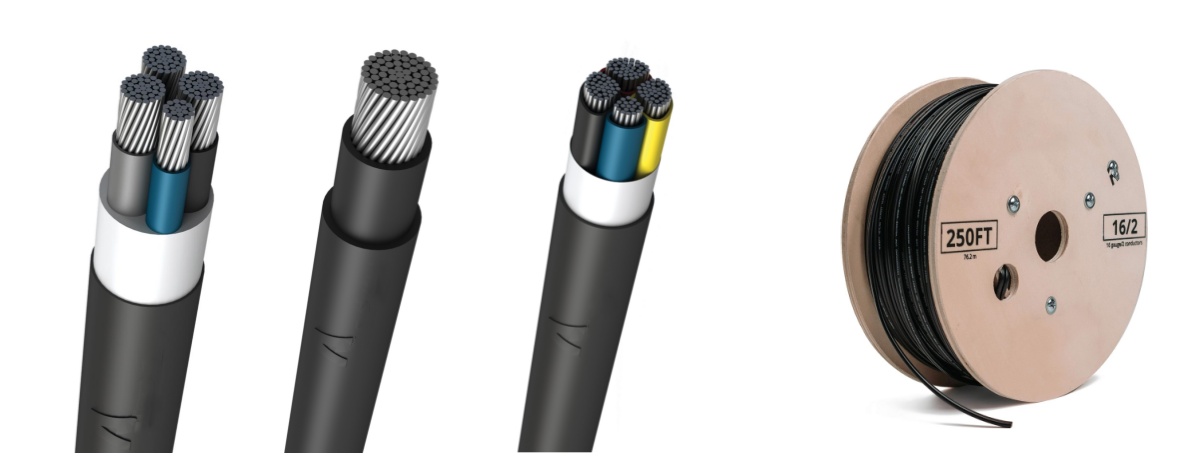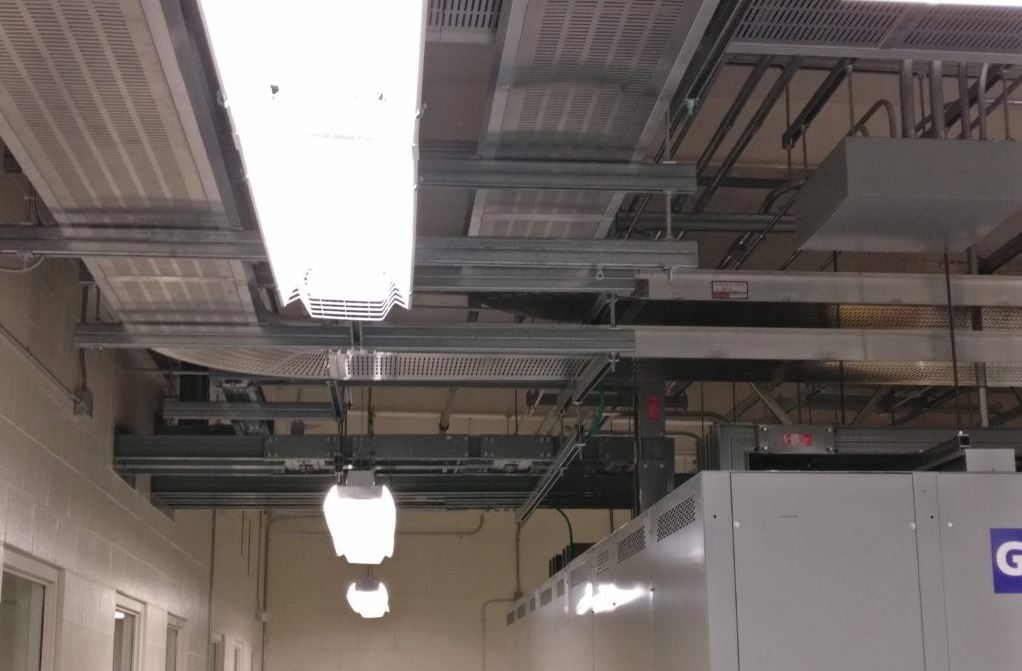In the construction industry, selecting the right industrial cables is crucial for ensuring the safety, efficiency, and durability of electrical installations.
Industrial cables are designed to withstand harsh environments, heavy loads, and various other demanding conditions encountered on construction sites.
This article ZMS Cable will delve into the most commonly used industrial cables in construction, highlighting their characteristics, applications, and benefits.

Power cables are the backbone of any electrical system in construction projects. They are used to transmit electrical power from the source to various devices and machinery. Power cables come in different types, including:
Low Voltage (LV) Cables: These cables are used for power distribution in residential, commercial, and industrial buildings. They typically operate at voltages up to 1 kV and are suitable for indoor and outdoor applications.
Medium Voltage (MV) Cables: MV cables are used for power distribution at voltages between 1 kV and 35 kV. They are commonly used in large industrial facilities and power plants.
High Voltage (HV) Cables: These cables are designed for voltages above 35 kV and are used in power transmission networks to carry electricity over long distances.
Power cables are often insulated with materials like PVC, XLPE, or EPR to protect against electrical, mechanical, and environmental stresses.
Control cables are essential for transmitting signals and data between different components in a construction project. They are used to control and monitor electrical systems, machinery, and processes.
Common types of control cables include:
Instrumentation Cables: These cables are used to transmit low-voltage signals for monitoring and control purposes. They are shielded to prevent interference from external electrical sources.
Flexible Control Cables: These cables are designed for applications that require frequent movement and bending, such as robotic arms and conveyor systems. They are highly flexible and durable.
Control cables are often constructed with copper conductors and insulated with PVC or PE. They may also have additional shielding for enhanced protection against electromagnetic interference (EMI).
Data transmission is as important as power transmission in the modern construction industry. Data cables are used to connect computers, communication systems, and other digital devices.
Common types of data cables include:
Ethernet Cables: These cables are used for networking and internet connectivity. They come in various categories, such as Cat5e, Cat6, and Cat7, each offering different levels of performance and bandwidth.
Fiber Optic Cables: These cables use light to transmit data at high speeds over long distances. They are immune to EMI and are ideal for applications that require high bandwidth and data integrity.
Data cables are typically constructed with copper or fiber optic cores and are insulated with materials like PVC or LSZH (Low Smoke Zero Halogen) to ensure safety and performance.
Fire-resistant cables are designed to maintain circuit integrity and continue to operate in the event of a fire.
These cables are crucial for safety systems, such as fire alarms, emergency lighting, and smoke extraction systems. Types of fire-resistant cables include:
FP200 Gold: A popular choice for fire alarm systems, FP200 Gold cables are designed to withstand fire and mechanical impact, ensuring continued operation during emergencies.
Mineral Insulated (MI) Cables: These cables have copper sheath and mineral insulation, making them highly resistant to fire, heat, and moisture. They are used in critical safety circuits and high-temperature environments.
Fire-resistant cables are tested to stringent standards to ensure they can perform under extreme conditions, providing vital safety in construction projects.
Armored cables are used in environments where cables are exposed to physical damage, such as underground installations and industrial sites.
These cables have a protective layer of steel or aluminum armor, providing mechanical protection without compromising flexibility.
Common types of armored cables include:
SWA (Steel Wire Armored) Cables: Used for low voltage power distribution, SWA cables offer excellent mechanical protection and are suitable for direct burial and outdoor installations.
AWA (Aluminum Wire Armored) Cables: These cables are lighter than SWA cables and are used for higher voltage applications where weight is a consideration.
Armored cables are typically insulated with materials like PVC, XLPE, or EPR, providing additional protection against environmental factors.

In addition to the standard types of industrial cables, several specialty cables are designed for specific construction applications.
These include:
Welding Cables: Used to connect welding machines to electrodes and workpieces, welding cables are highly flexible and resistant to abrasion and heat.
Coaxial Cables: Used for transmitting radio frequency (RF) signals, coaxial cables are used in communication systems, including TV and CCTV installations.
Submersible Pump Cables: Designed for use in underwater applications, these cables are waterproof and resistant to chemicals and abrasion.
Specialty cables are constructed to meet the unique demands of their specific applications, ensuring reliability and performance in challenging conditions.
When selecting industrial cables for construction projects, several factors must be considered to ensure the right choice is made:
The voltage rating of a cable determines its suitability for different applications. It is essential to choose cables with appropriate voltage ratings to ensure safety and performance.
Construction sites can have various environmental challenges, such as moisture, temperature extremes, and exposure to chemicals. Cables must be selected based on their ability to withstand these conditions.
Cables that are exposed to physical damage, such as those installed underground or in high-traffic areas, require additional mechanical protection, such as armor.

In applications that involve frequent movement or bending, such as robotic systems, flexible cables are necessary to prevent damage and ensure longevity.
In areas where fire safety is a concern, fire-resistant cables are essential to maintain circuit integrity and ensure the continued operation of critical safety systems.
In environments with high levels of electromagnetic interference, such as industrial facilities, cables with adequate shielding are necessary to prevent signal degradation and ensure reliable data transmission.
Selecting the right industrial cables is crucial for the success of construction projects.
Power cables, control cables, data cables, fire-resistant cables, armored cables, and specialty cables each play a vital role in ensuring the safety, efficiency, and durability of electrical installations.
By understanding the characteristics and applications of these commonly used industrial cables, construction professionals can make informed decisions that enhance the performance and reliability of their projects.
In a rapidly evolving industry, staying updated with the latest advancements in cable technology and adhering to industry standards and regulations is essential. Investing in high-quality industrial cables not only ensures compliance with safety requirements but also contributes to the long-term success and sustainability of construction projects.